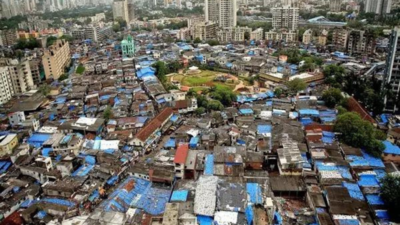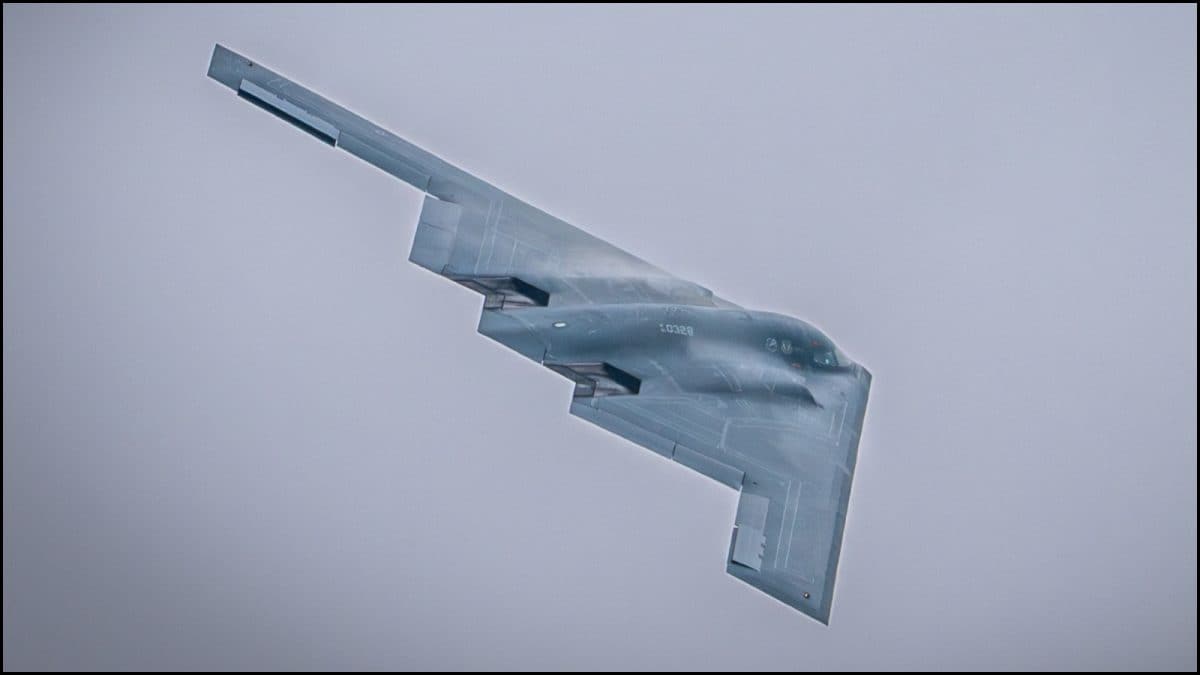ARTICLE AD BOX

The transformation of Dharavi, Asia’s largest slum, will include a dedicated commercial business district, introducing a strong business and employment focus to the broader urban renewal project. A significant portion of the nearly 600-acre prime land parcel in the heart of Mumbai is being allocated for commercial development, with plans to establish a central business district (CBD) aimed at attracting companies across various sectors. According to sources involved in the planning, the project envisions Grade-A office spaces, premium retail outlets, co-working centres, hospitality services, and supporting infrastructure. "The commercial zone will be carved out of land that is not reserved for residential rehabilitation. This will also help in upgrading existing businesses operating in Dharavi, ushering them into the formal economy. The intent is to grow the Dharavi economy by at least 3X," said one of the persons mentioned above, as quoted by ET. The commercial precinct is intended to provide a self-sustaining economic base within Dharavi, while also generating steady revenue to support other components of the Rs 96,000-crore redevelopment initiative.
The Adani Group, through a joint venture with the state government, has secured the Dharavi Redevelopment Project, which aims to resettle over one million residents and formalise more than 12,000 currently informal commercial establishments. The larger goal is to deliver comprehensive development that combines proper housing, improved civic amenities, community services, and structured commercial areas. The planned business district will aim to accommodate existing small-scale enterprises within Dharavi while also drawing new commercial entrants to the locality. "A hybrid integrated approach is being considered, where portions of the commercial inventory may be leased to large corporations, while designated spaces could be offered to small-scale industrial and retail businesses that are already part of Dharavi's economy," said another person mentioned earlier. Improved transport connectivity is expected to enhance the district’s viability. The Mumbai Metropolitan Region Development Authority (MMRDA), which is developing the adjacent multi-modal transit hub (MMTH), is coordinating integration of Dharavi with railway networks, metro corridors, and major roadways. This improved access is expected to make the commercial hub more attractive to businesses seeking centrally located office and retail space. Specialists suggest that a thoughtfully executed commercial plan could reshape Dharavi’s identity—from a sprawling informal settlement to a dynamic urban business district. "For the commercial zone to succeed, it must be integrated with the city's infrastructure and be positioned competitively with other business districts. Its success can create a new benchmark for urban redevelopment," said another person familiar with the city's infrastructure planning. Initial stages of the redevelopment, including assessments, relocation planning, and infrastructure design, are currently in progress.



.png)
.png)
.png)
















 4 hours ago
3
4 hours ago
3









 English (US) ·
English (US) ·